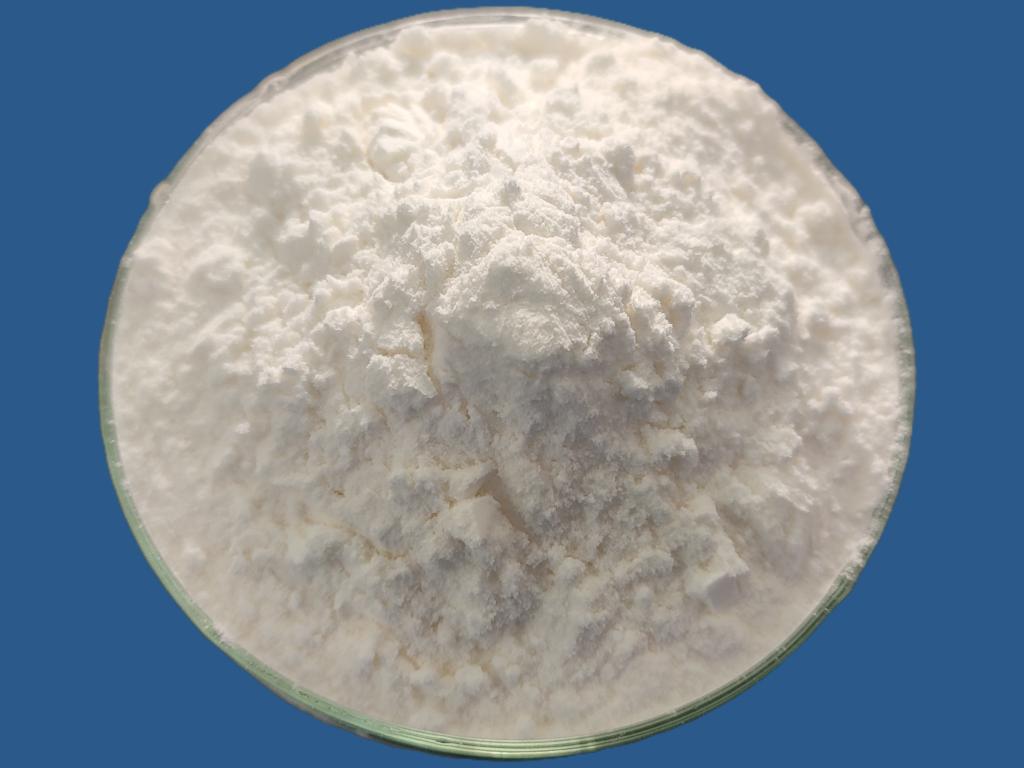Tel:+8618231198596

News
 CONTACT
CONTACT
 CONTACT
CONTACT
- Linkman:Linda Yao
- Tel: +8618231198596
- Email:linda.yao@dcpharma.cn
- Linkman:CHARLES.WANG
- Department:Overseas
- Tel: 0086 0311-85537378 0086 0311-85539701
News
Current Position:
Home >
News
>Advancements in Food Safety Testing: The Role of ε-Polylysine Hydrochloride
Advancements in Food Safety Testing: The Role of ε-Polylysine Hydrochloride
TIME:2024-02-02
The Landscape of Food Safety Testing:
Food safety testing encompasses a range of analytical methods designed to identify and quantify potential hazards in food products. These hazards can include microbial contaminants, chemical residues, allergens, and adulterants. The rapid evolution of food safety testing technologies is crucial in addressing emerging risks, ensuring regulatory compliance, and maintaining consumer confidence.
Traditional Food Safety Testing Methods:
Traditional methods for food safety testing often involve time-consuming processes, such as culture-based microbial testing, chromatography for chemical analyses, and enzyme-linked immunosorbent assays (ELISA) for allergen detection. While these methods have been effective, they may lack the speed, sensitivity, and specificity required to keep pace with the demands of a globalized food industry.
Challenges in Current Food Safety Testing:
The complexity of the modern food supply chain poses several challenges to traditional testing methods. The potential for contamination at various stages of production, transportation, and distribution necessitates faster and more comprehensive testing approaches. Additionally, the emergence of new pathogens and contaminants demands innovative solutions to stay ahead of evolving risks.
Advances in Rapid Detection Technologies:
Recent advancements in food safety testing technologies focus on enhancing speed, sensitivity, and specificity. Rapid detection technologies, including polymerase chain reaction (PCR), immunoassays, and biosensors, have gained prominence for their ability to deliver quick and reliable results. These methods contribute to reducing the time required for testing, enabling more efficient monitoring of the food supply chain.
Introduction to ε-Polylysine Hydrochloride:
ε-Polylysine hydrochloride, derived from the natural fermentation of Streptomyces albulus, is a polypeptide with antimicrobial properties. Its cationic nature allows it to disrupt microbial cell membranes, inhibiting the growth of a wide spectrum of bacteria. Recognized for its safety and biodegradability, ε-polylysine hydrochloride has found applications in various industries, including food preservation and, more recently, food safety testing.
Applications of ε-Polylysine Hydrochloride in Food Safety Testing:
a. Antimicrobial Testing: The antimicrobial properties of ε-polylysine hydrochloride make it a valuable tool in assessing the microbiological safety of food products. Its incorporation into testing methods can enhance the specificity and sensitivity of microbial detection, particularly for challenging pathogens.
b. Preservation of Test Kits: ε-Polylysine hydrochloride can be used in the preservation of test kits, ensuring the stability and reliability of reagents. This contributes to the longevity and effectiveness of rapid detection technologies, making them more practical and accessible for routine use.
c. Allergen Detection: In allergen testing, ε-polylysine hydrochloride can play a role in preventing microbial contamination during sample preparation. Its antimicrobial efficacy ensures the accuracy of allergen detection assays, addressing concerns related to false positives and negatives.
Advantages of ε-Polylysine Hydrochloride in Food Safety Testing:
a. Speed and Sensitivity: ε-Polylysine hydrochloride contributes to the speed and sensitivity of food safety testing methods. Rapid detection technologies utilizing ε-polylysine hydrochloride can provide results in shorter time frames, enabling swift interventions when contamination is identified.
b. Broad-Spectrum Antimicrobial Action: The broad-spectrum antimicrobial action of ε-polylysine hydrochloride makes it effective against a wide range of bacteria, including both Gram-positive and Gram-negative strains. This versatility enhances its applicability in diverse food matrices.
c. Biodegradability: As a naturally occurring peptide, ε-polylysine hydrochloride is biodegradable, addressing concerns about environmental impact. This aligns with the growing demand for sustainable and eco-friendly solutions in food safety testing.
Challenges and Considerations:
While ε-polylysine hydrochloride offers significant advantages, certain challenges and considerations must be addressed for its successful integration into food safety testing methods. These may include optimizing formulations, understanding potential interactions with different food components, and ensuring regulatory compliance.
Future Perspectives and Research Directions:
The future of ε-polylysine hydrochloride in food safety testing holds promising prospects. Ongoing research may explore novel applications, optimize its use in specific testing scenarios, and investigate potential synergies with other antimicrobial agents. Collaborations between researchers, industry stakeholders, and regulatory bodies will be pivotal in realizing the full potential of ε-polylysine hydrochloride in advancing food safety testing.
Conclusion:
Advancements in food safety testing technologies, coupled with the introduction of innovative solutions like ε-polylysine hydrochloride, mark a transformative era in ensuring the safety of the global food supply chain. The unique properties of ε-polylysine hydrochloride contribute to the speed, sensitivity, and specificity of testing methods, addressing challenges posed by the complex nature of the modern food industry. As research and collaborations progress, ε-polylysine hydrochloride stands as a beacon in the continuous efforts to enhance food safety testing, ultimately safeguarding the well-being of consumers and maintaining the integrity of the global food supply chain.
- Tel:+8618231198596
- Whatsapp:18231198596
- Chat With Skype







